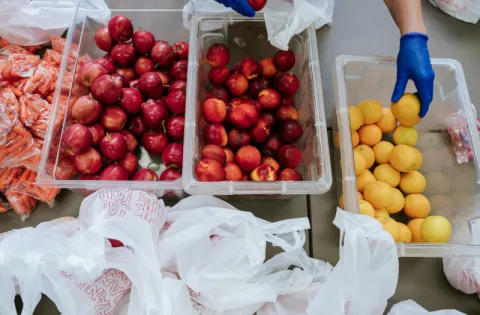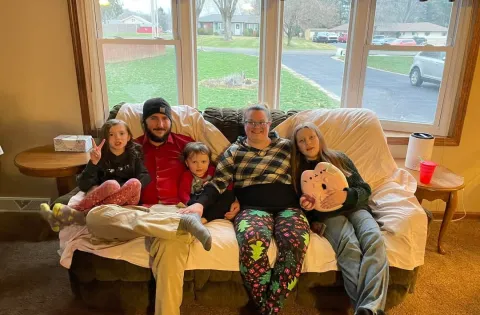Summer can be the hungriest time of year for many children from low-income families. When schools close, students no longer get school meals, and families struggle to put food on the table. This hunger can have a long-term impact on a child’s health, ability to learn and general well-being.
Here are three things to know about summer hunger.
- Summer Meals Are Available For Kids Everywhere. The national Summer Food Service Program was created to make sure children from low-income families get the nutrition they need during the summer. Summer meals programs are funded by the United States Department of Agriculture (USDA); administered by state agencies, such as state departments of education; and run by public and private organizations, including schools, community centers and faith-based organizations. Learn more about the USDA's Summer Food Service Program
- Many Families Don’t Know About The Summer Meal Programs. The national summer meals program is designed to help kids get the nutrition they need during the summer months, but it is underutilized. Last year, for example, only about 16% of the kids who rely on free/reduced meals during the school year were getting meals in the summer. One major obstacle: Many families either don’t know the program exists or don’t know how to find sites. Read the "Hunger Doesn’t Take A Vacation" report.
- Our Texting Number Can Help Kids Get Meals. No Kid Hungry developed a texting number to help families find summer meals nearby. When you text ‘FOOD’ or ‘COMIDA’ to 304-304, the service is provides information for the nearest summer meals sites in your area. (The information comes from the USDA every week; No Kid Hungry uploads to our system that uses geolocation technology to pinpoint the closest sites based on the address provided by users.)
You can help. Spread the word about summer hunger by posting flyers or sharing information on social media.


